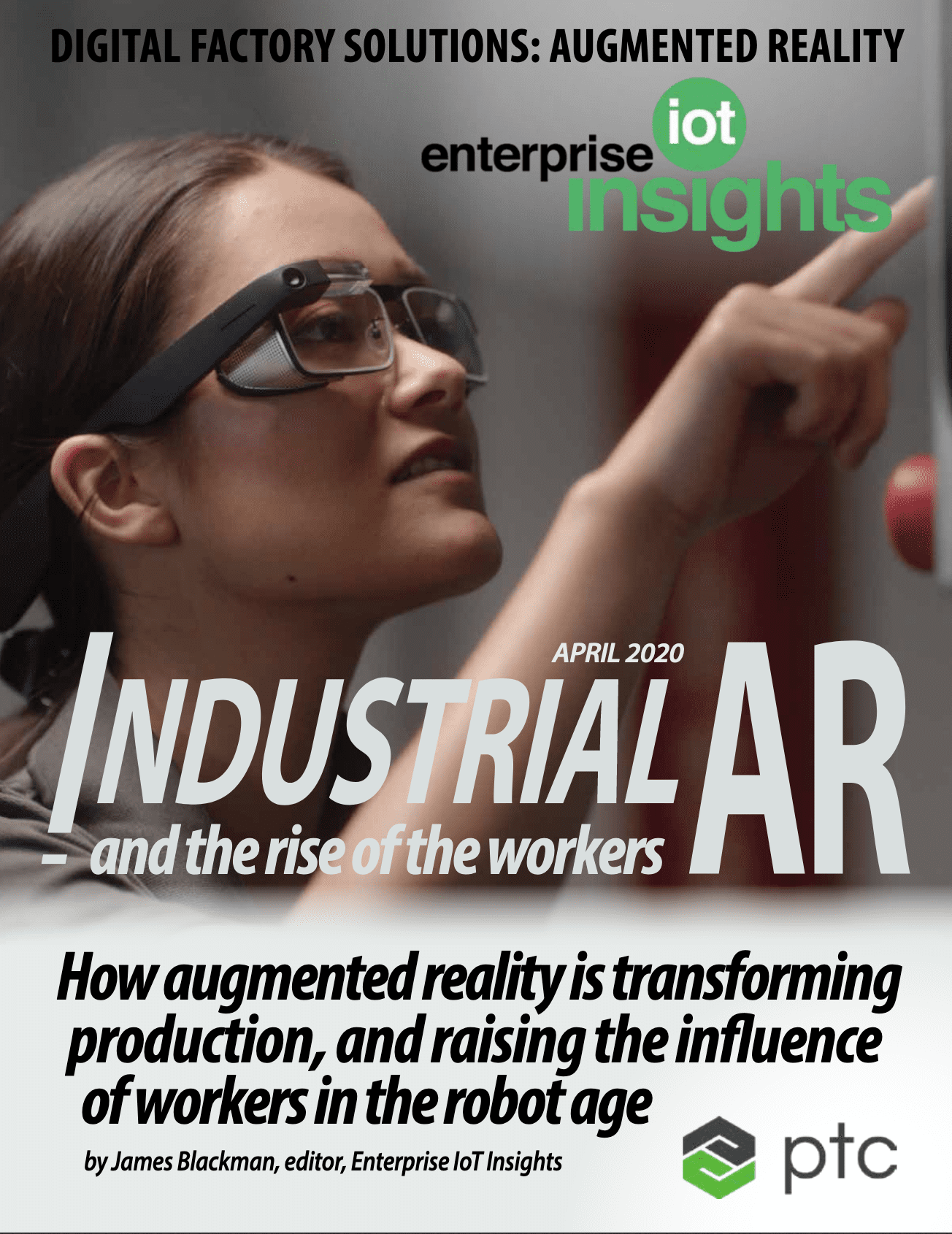In research for a new report on industrial AR, Enterprise IoT Insights caught up with Hendrik Witt, chief executive at enterprise AR solution provider Ubimax, to discuss the opportunities and challenges with AR in the industrial space. Here is the interview, in full; the new report – Industrial AR, and the rise of the workers – is available to download here.
How is AR being used, today, in manufacturing?
“Our solutions combine AR with wearable technologies like smart glasses to digitize manual work procedures and, thus, optimize processes in total. With a production worker wearing smart glasses, all necessary work instructions are directly in his field of view, allowing for a hands-free approach and securing processes.”
How will AR be used in the future?
“AR functions is a next ‘big-thing’ technology, which can drastically improve the efficiency of the human workforce. Digitizing processes makes the workforce less prone to error. Smart glasses provide a big opportunity in making artificial intelligence visible and, thus, applicable for humans.

“AR is AI in real time. An example is object recognition. The ability to recognize and verify objects with a camera is a huge lever in quality assurance or logistics. At the same time, activity recognition can be carried out from processes, incorrect actions can be detected in motion and then corrected.”
How is the experience, today? What works, and what doesn’t?
“I can only speak for our solutions, but smart glass solutions don’t require much money or time. We have just launched a new FastTrack template for our vision picking solution xPick, which can now be configured in less than an hour and used productively in the warehouse.
“Furthermore, we offer both the software and the hardware as a rental option. This allows customers to benefit from the advantages of the solution without an initial investment and to realize higher savings than costs from the very first day of use.
“With hardware, I believe there’s a headset for everyone. Of course, one can see bulky devices out there, but there are ways in easing those pain points – with headbands, or by adapting them devices helmets, for example.
“Different use cases require different types of smart glasses. If you require a very rugged device, you will be okay with a slightly higher weight. Pricing can always be lower from an end customers perspective and seems high for some but ultimately it is about the ROI of the solution, and not the hardware itself.”
What are the challenges from a behavioural point? Do staff like the tech?
“Our experience has shown workers accept our technology very well after a short time. The advantages are immediately noticeable for them. They are more productive, make fewer mistakes and can work more ergonomically.
“Especially in the logistics sector, we have noticed order pickers have to cover significantly shorter distances in the course of a working day, for example. Exhaustion at the end of a working day is noticeably lower.
“Last but not least, employees are also aware that AR and wearables can ensure that they will keep their jobs in the years to come. And this is of course a high priority for the individual.”
What are the software inputs in terms of digital thread / twins? What is the process to build the models?
“Models are the key challenge. I personally don’t see twins being the only driver for bringing AR to life. They are good in many scenarios but the vast majority of scenarios does not necessarily need digital twins to drive value.”
What are the requirements on connectivity? Is a wired connection preferred? Will LTE suffice? Will 5G make industrial AR more viable?
“Stable Wi-Fi is of course preferred, but our solutions also work with 4GLTE networks. 5G is definitely interesting – the more powerful the data transmission, the greater potential arises for AR applications. Wired connections are sometimes good for peripherals that you temporarily wan to connect as they are robust and easy to set up.”
Check out the editorial report on industrial AR, Industrial AR – and the rise of the workers. The report is available to download here.


